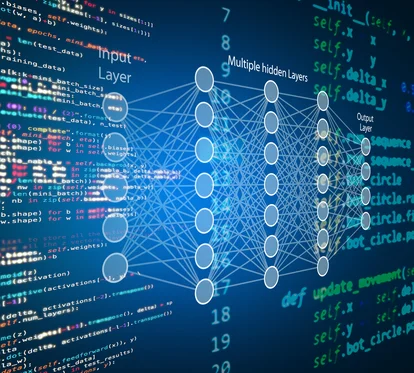After the hype around big data a few years ago, a new term is popping up more and more in business: data science. Almost everyone will come into contact with it in their daily life, for example when using web shops. Frank de Nijs is business developer at Centric; he explains what the differences are and what the concepts have in common.
Business Intelligence: insight into the results
"Business Intelligence (BI) is based on looking back," he says. "By looking back you can draw conclusions with statistics from the past"’ You can see certain trends taking place through BI, for example an annual increase of 2%. "If that stays the same for years or goes through a steady change, you can conclude that the increase will also be 2% the next year or will deviate from it at a comparable pace.".’
Data science examines the background of the trends
With BI you visualize trends by looking back. But data scientists go further, and as a first step try to understand the causes behind those trends. De Nijs: "You look for the characteristics behind such a trend: which characteristics of the company ensure that annual increase of 2%, or what causes that fluctuation? That way you can more accurately predict what will happen in the future, if you are also able to monitor those influencing factors."




